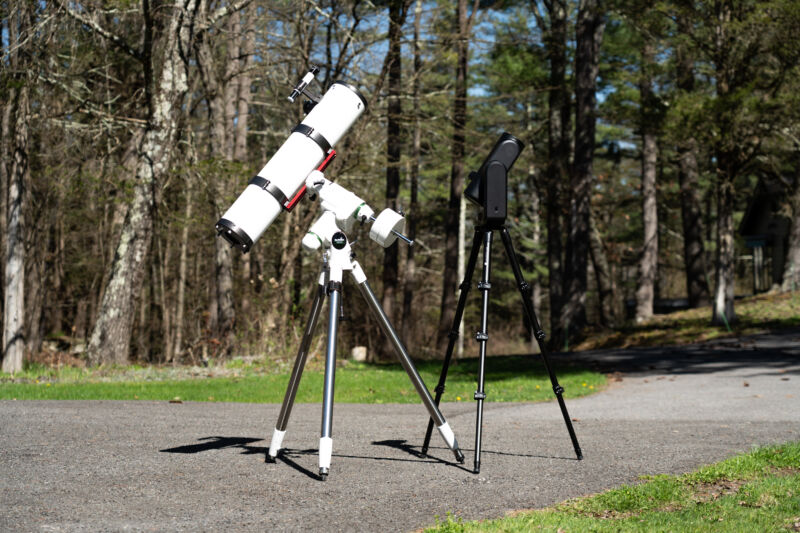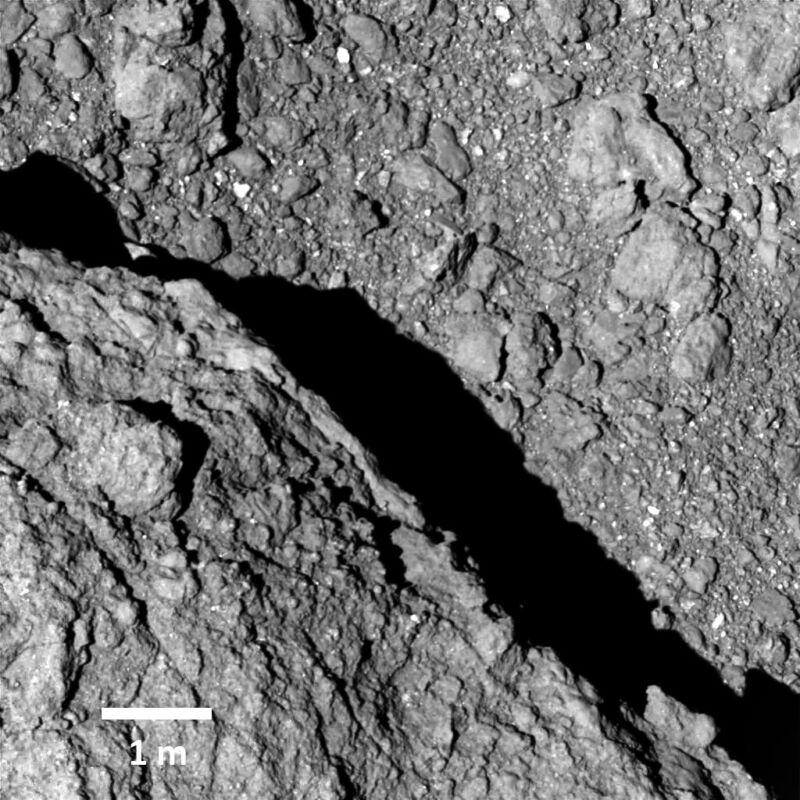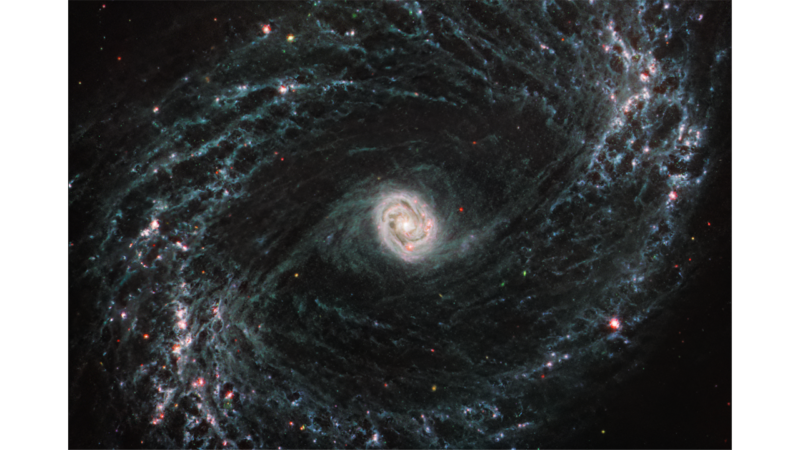‘Once in a lifetime’: UK and European space scientists urged to join Nasa mission to Uranus
Astrophysicists call for international cooperation on ambitious probe, amid growing interest in the mysterious planet
European space scientists have been urged to join forces with Nasa to ensure the success of one of the most ambitious space missions planned for launch this century.
Joining a robot spaceflight to the mysterious planet Uranus would offer “the opportunity to participate in a groundbreaking, flagship-class mission”, astrophysicists have said.
Continue reading...© Photograph: Heritage Images/Getty Images
© Photograph: Heritage Images/Getty Images






















